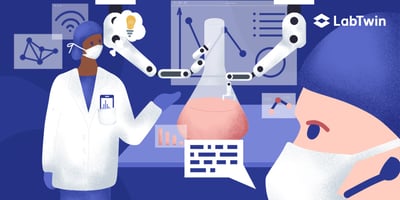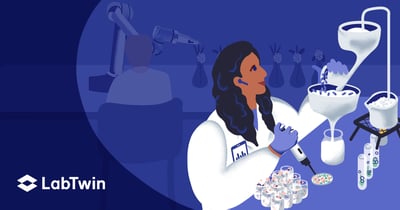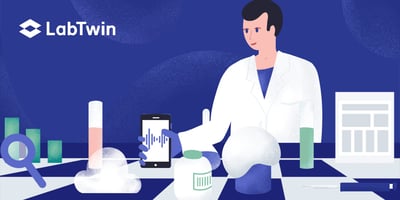Many pharmaceutical R&D labs are embracing automation to increase throughput while lowering error rates. Automation takes care of mundane, repetitive tasks, allowing scientists more time to work on the challenging and rewarding parts of research – such as planning experiments, analyzing data and troubleshooting. Lab automation also facilitates traceability and compliance by collecting accurate, digitized data.
However, R&D labs must be flexible enough to pivot and change direction according to discoveries. Therefore, unlike in a manufacturing lab, automation in an R&D lab must be modular and easy to reconfigure.
This need for flexibility means that many R&D labs struggle to capture the full potential of automated technologies. Moreover, scientists still spend a lot of time collecting and collating data from different lab instruments.
A Natural Interface Between Scientists and Their Digital Lab
Voice-powered digital lab assistants can bridge the gap between scientists and their digital tools. Digital lab assistants leverage voice recognition technology to provide a natural interface between scientists, lab instruments and informatics systems.
Digital lab assistants, such as LabTwin, help scientists deal with challenges in the lab. For example, with LabTwin, scientists can collect data, hands-free and in real time, while configuring or reconfiguring automated platforms. By using a digital lab assistant, scientists can keep their eyes on a trial and still record all the necessary data.
“I use LabTwin as my third arm, recording the change I made for each tested parameter and the reason behind it. I can then easily share the fully documented process with our US counterparts.”
Senior Automation Engineer from Top Pharma Company
LabTwin also automatically digitizes data and adds time and date stamps to all data entries. These features lower the burden of data entry for scientists and reduce transcription errors. The result: more accurate and complete data.
Read our white paper to learn more about how voice-powered digital lab assistants can connect scientists to the semi-automated Lab of the Future.











